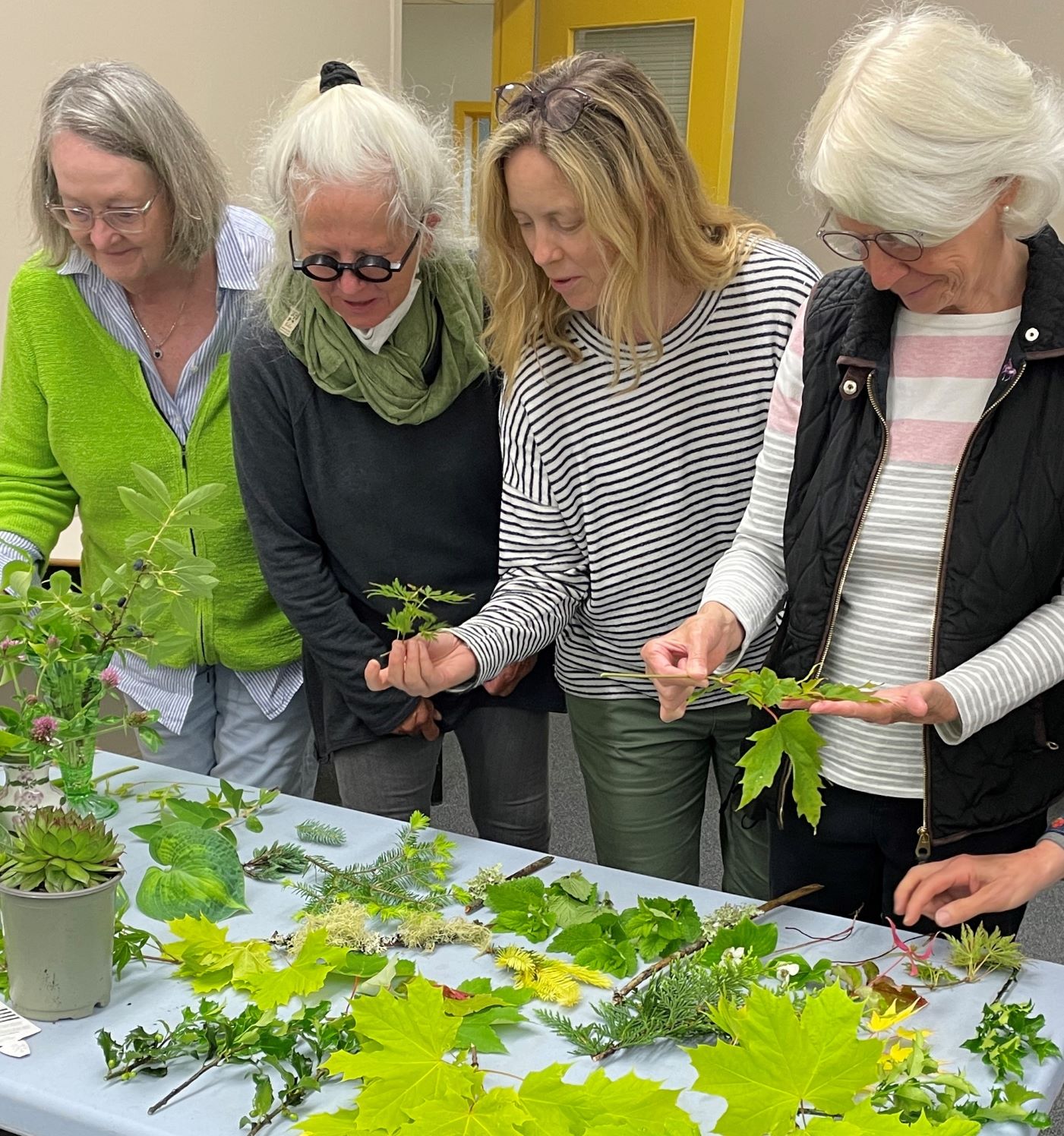“Botanical art instruction” is in one particular way an unfortunate term. ”Instruction” implies “command”, that is, being commanded or instructed to do something in a particular way. And unfortunately, the process of producing botanical art is sometimes taught this way—my way or the highway. But my way or the highway is not the right way. It’s the wrong way, by a long way. It should be your way.
Let’s look at this from a botanical artist’s favourite person’s point of view—a botanical art collector. Our collector is well informed and understands and appreciates that contemporary botanical art reflects a tradition firmly rooted in history. For our collector a big part of this genre’s appeal stems from the fundamental, overarching, non-negotiable, guiding characteristics that set it apart from all other visual art genres, namely, that its subjects are live, actual botanical specimens rendered with scientific accuracy and aesthetic appeal. This is what makes it special. This is why our collector collects botanical art.
And when a piece appeals to our collector who pays it the ultimate compliment by pulling out a wallet, it’s because of the scientific accuracy and aesthetic appeal and, in some cases, the reputation of the artist. But that’s it. It’s not about how the artist mixes colours, whether the artist believes in a six-colour palette or a hundred-and-six-colour palette, or whether the artists is self-taught, privately-tutored, or holds certificates from a dozen institutions. None of these things matter to our collector; they’re irrelevant. They do not cross our collector’s mind while strolling an exhibition. All that crosses our discerning collector’s mind is, “Do I like this piece and does it meet the criteria that define botanical art?”
In other words, the proof of the pudding is in the eating; the piece stands on its own.
This is why when I tutor botanical artists I present alternatives in materials and methods. But, while I certainly disclose my preferred materials and demonstrate my methods, I also encourage experimentation and then leave it up to the artists to settle down with materials and methods that suit them. However, I don’t compromise on the defining fundamentals of botanical art, namely, live specimens, scientific accuracy, and aesthetic appeal.
Groucho Marx reportedly once said, “Those are my principles, if you don’t like them . . . well, I have others.” Not so in botanical art. Live specimens, scientific accuracy, and more recently, aesthetic appeal, are the traditional, long-standing, fundamentals of botanical art; without them it’s not botanical art. Sure, perhaps flower painting, but not botanical art.
So, “my way or the highway” should never be part of instruction in the process of producing botanical art. But the fundamentals such as live specimens, scientific accuracy, and aesthetic appeal? Now that’s a different matter entirely.

